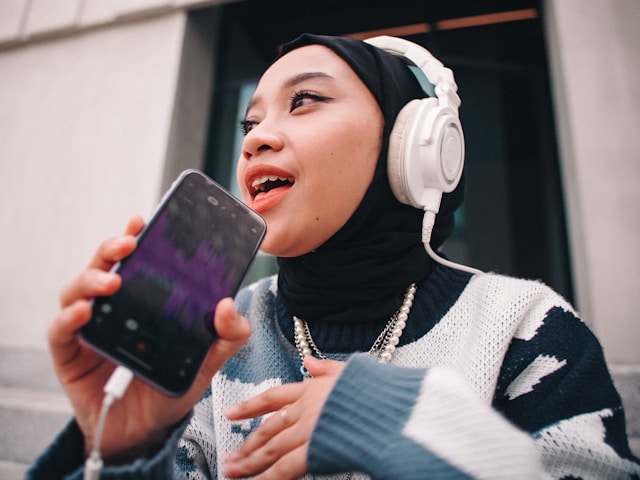Cómo reírse en línea en 20 idiomas

Unsplash: Abstral Official
Además de un simple "jaja" o un pícaro "jeje", ¿podría haber otras formas de expresar risas? Mmmm. *Emoji de reflexión*
En los países angloparlantes, hay muchas maneras de expresar risa vía mensaje de texto, como LOL (“laugh out loud” o “riendo a carcajadas”), LMAO, LMAO (“laughing my apples off”, usado para expresar risa descontrolada), ROFL (“rolling on the floor laughing”, literalmente “rodando por el suelo de risa” ), teehee (jeje), y muchos más. Pero, ¿alguna vez te has preguntado cómo se ríe el resto del mundo?
Antes de que eches un vistazo a nuestra guía de cómo reírte en línea, lee nuestra historia Combaten el cáncer con sonrisas en español, coreano, italiano, alemán y otros idiomas para aprender cómo reír beneficia tu salud.
¿Estás listo para dar la vuelta al mundo con una sonrisa?
1. Japonés: www
No no, www en japonés no se refiere a la World Wide Web. Www se deriva del carácter Japonés 笑 (wara), que significa reír. En lugar de decir 笑, muchos japoneses han encontrado que es mucho más sencillo escribir “w” or “www.”
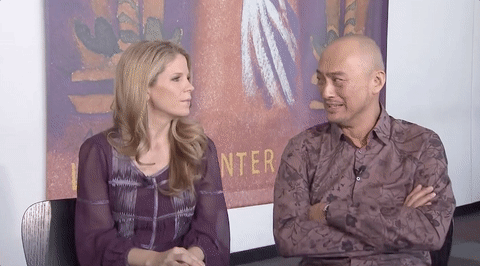
Giphy
2. Tailandés: 555
El número 5 se pronuncia como “ha” en tailandés. Por lo tanto, 555 significa “jajaja”. 555 es equivalente a la expresión inglesa LOL.
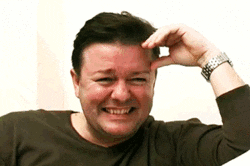
Giphy
3. Coreano: kkk (ㅋㅋㅋ), keukeukeu, hhh (ㅎㅎㅎ)
La consonante coreana ㅋ, que significa “k”, tiene el mismo sonido que la risa “ha”. Cuando “hhh” (ㅎㅎㅎ) y “kkk” (ㅋㅋㅋ) son empleadas en línea, representan la risa.

Giphy / The Swoon
4. Ruso: xaxaxa
En ruso, la letra “x” es equivalente al sonido de “h” or “kh”, así que xaxa es igual a haha, y xaxaxaxa = hahahaha.
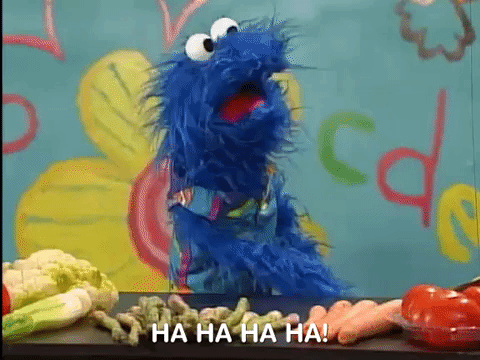
Giphy / NickRewind
5. Español: jaja
En español, la “j” se pronuncia de forma similar a la “h” inglesa. Así que la risa se escribe como jajaja..

Giphy / Muffin & Nuts
6. Hebreo: חחחח
חחחח = jajajaja

Giphy / Netflix
7. Chino: 哈哈, 呵呵, xixi, hei hei, 233
En chino mandarín, la risa se pronuncia como xiào shēng. Pero 哈哈 significa haha y 呵呵 significa hehe. Teclear “xixi” or “hei hei” también expresa risa. Si lo prefieres, también puedes usar “233”, ¡porque en el popular sitio web y foro de chat Maopu, el emoticono #233 significa risa o riendo!

Giphy
8. Griego: χαχα (xaxa)
χαχα = jaja
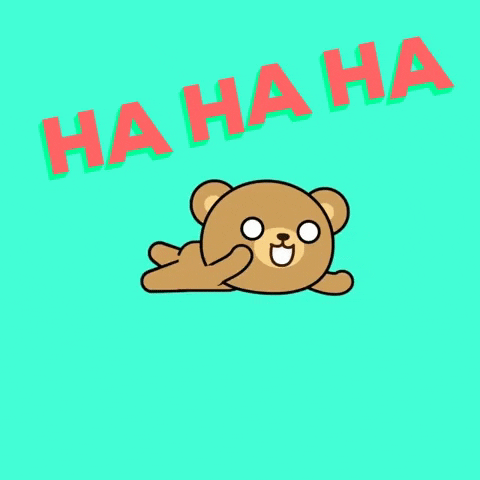
Giphy / Jamkoo
9. Portugués Brasileño: huehuehue, rsrsrsrs, kkkk (Brasil)
EEn portugués brasileño, la risa puede representarse de distintas maneras: huehuehu = hahaha, rsrsrsrs = hahaha, y kkkk = hahahaha. “Rs” es una abreviatura para la palabra “risos”, que significa risa, mientras que “kkkk” es la abreviatura del sonido de la risa “kakaka”.
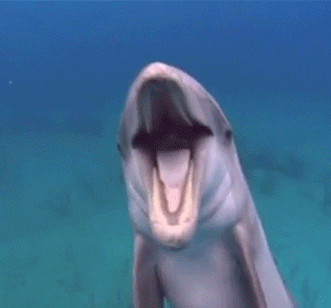
Giphy
10. Danés: haha, hi hi, hæ hæ, ti hi
La risa en danés puede expresarse de múltiples maneras. Haha = jaja. Hi hi = linda risa. Hæ hæ = jaja. Ti hi = linda risa.

Giphy / Identity
11. Islandés: haha, hehe, híhí
Haha = jaja. Hehe = jaja. Híhí = jaja.
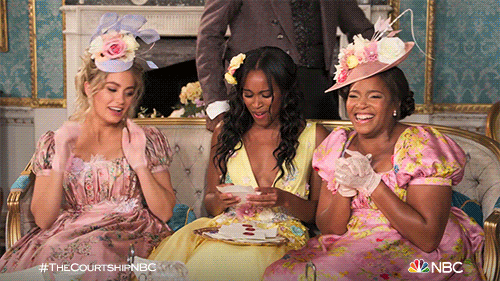
Giphy / NBC
12. Francés: hahaha, héhéhé, hihihi, hohoho, MDR, PTDR
Los franceses escriben MDR, que significa “mort de rire” o “muerto de risa”, una expresión equivalente al inglés LOL. Algunas personas usan PTDR, que significa “roto de risa”. ¡Muy extremo!, ¿no? Héhéhé = jajaja. Hihihi = jajaja. Hohoho = jajaja.
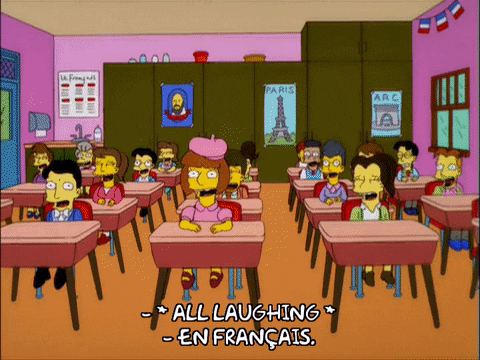
Giphy
13. Italiano – ah ah ah, hahaha
En italiano comienzan con una “a” en lugar de una “h”, así que ah ah ah = jajaja y hahaha = jajaja.
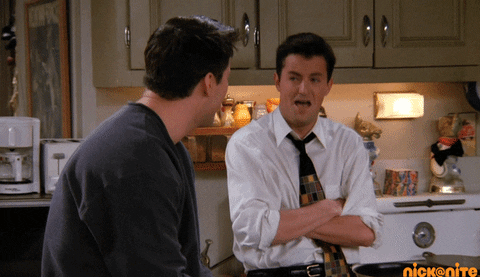
Giphy / Nick At Nite
14. Sueco: asg hahaha
Asg Asg es la abreviatura para “asgarv”, que en el slang sueco significa rugidos de risa o carcajadas intensas. Asg = LOL.
PERO... nadie usa realmente "asg" porque los suecos simplemente escriben "jajaja" o, a veces, "jejeje" o "hihihi" o "hohoho".
Editar: Muchas gracias a Henrik, con 46 años de experiencia como sueco, por su nota de cómo ilustrar la risa en sueco de la manera correcta.

Giphy / Abba
15. Indonesio: wkwkwkwk
Wkwkwkwk = reír a carcajadas.
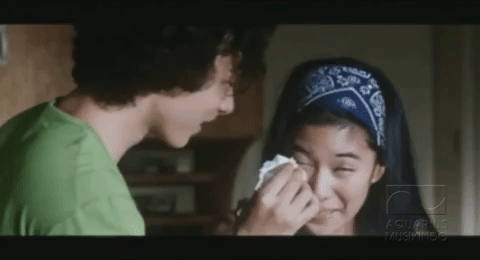
Giphy
16.Noruego – hahaha, hihihi, hehehe
Hahaha = jajaja. Hihihi, hehehe = jajaja pero de una manera linda

Giphy
17. Ucraniano – ахахахах, азаза
Ахахахах = jajaja. Азаза = riendo sarcásticamente
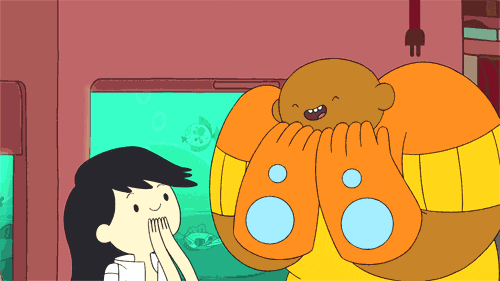
Giphy / Bravest Warriors
18.Turco – kdkdkdkdkd, sjsjsjsjsjsh, asdfasdfadf
La forma turca de expresar risas a carcajadas es escribir letras al azar. Kdkdkdkdkd = LOL. Sjsjsjsjsjs = LOL.

Giphy / Show TV
19. Jamaiquino: dwl
DWL (“dead wid laugh) = jajajaja
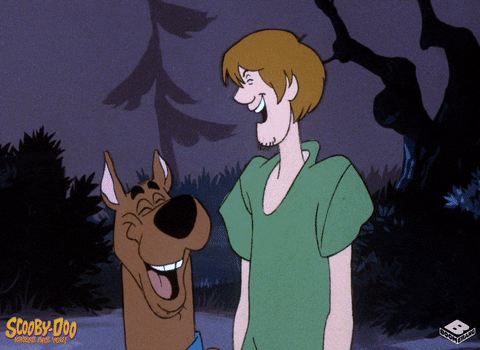
Giphy / Boomerang Official
20. Malayo – ha3
En malayo son muy eficientes; ha3 es equivalente a ha 3 veces (ha 3x). Es decir, ha3 = hahaha.
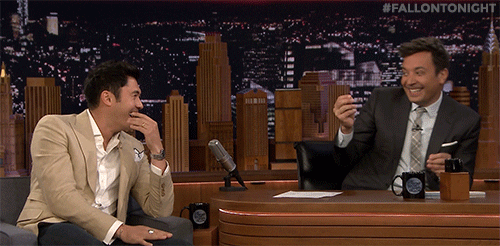
Giphy / The Tonight Show Starring Jimmy Fallon
Get Beelinguapp
